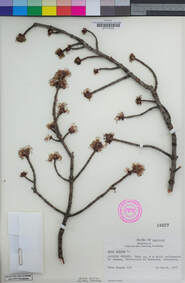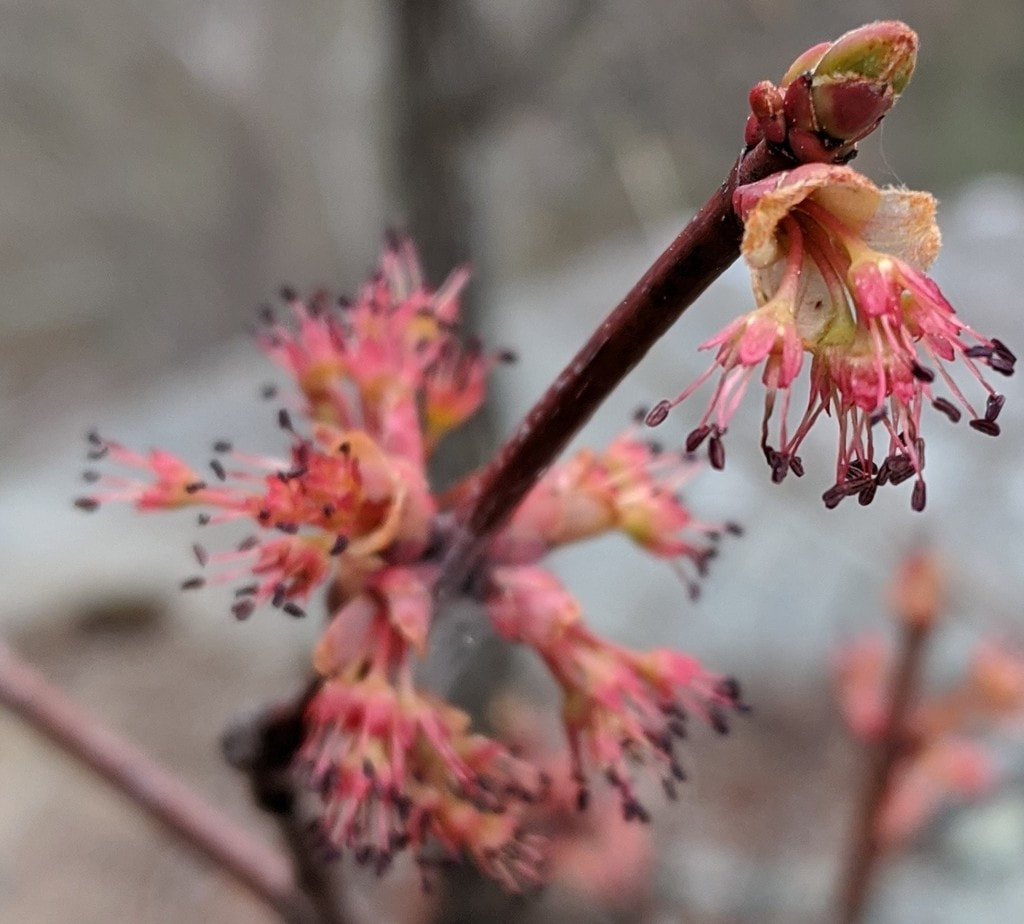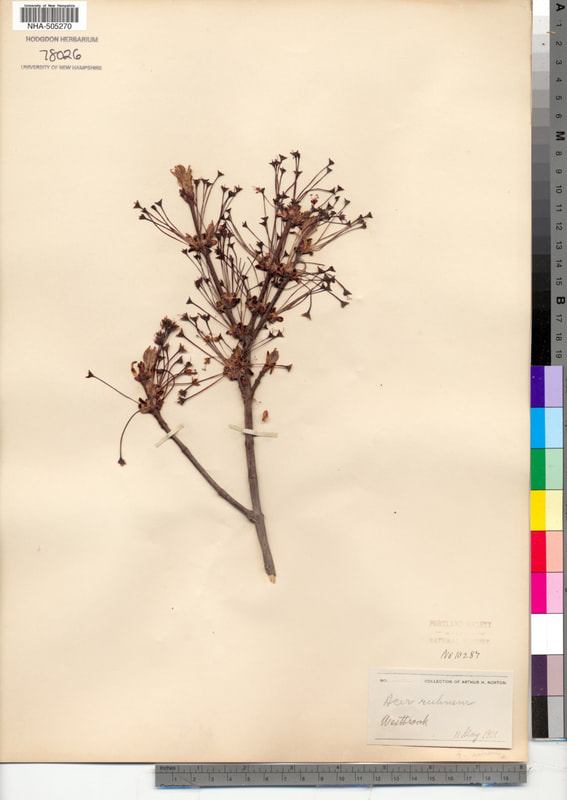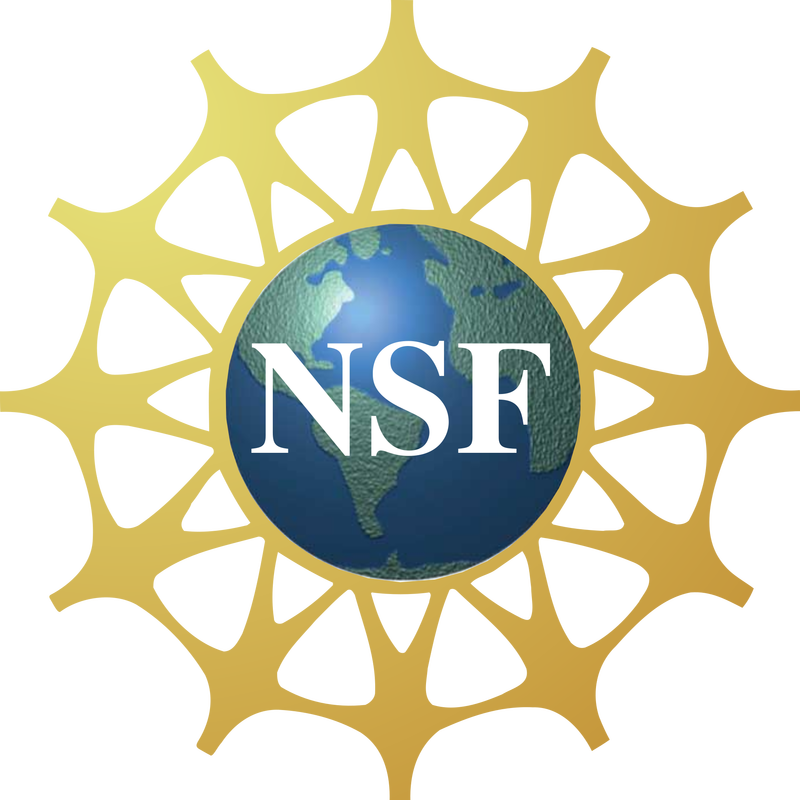One of the primary goals of the California Phenology Network has been to develop data standards for phenological data: community-developed guidelines for formatting and storing phenological data (e.g., data on whether plants are flowering or fruiting). If data standards are developed and widely adopted, phenological data can be shared across the many organizations that gather these data, and researchers can more easily use data from multiple data sources to conduct research.
Let's say, for example, that a graduate student would like to investigate whether the flowering times of red maple (Acer rubrum) have changed over time, and whether this change is different between the West and East Coasts of the U.S. (these types of questions are a hot topic right now...just check out our phenological research page!). This grad student could use phenological data from herbarium specimens in CCH2 to look at West Coast maples, then herbarium-based phenological data from the Consortium of Northeastern Herbaria (CNH) portal for East Coast maples. But what if the data aren't in the same format? How can the grad student be sure that a specimen recorded as "flower present" in the CCH2 follows the same rules as the specimen recorded as "in flower" by the CNH? What if she wants to go a step further and incorporate data from iNaturalist?
Combining datasets from different sources can be a huge headache, especially when data collection protocols data differ widely between sources. For example, some phenological datasets come from herbarium specimens, some from human observers in the field (e.g., the US National Phenology Network), and some from phenocam images (e.g., the National Ecological Observatory Network). To empower greater integration of these data--and therefore phenological research at greater scales than previously possible--the CAP Network has launched a Plant Phenology Standards Task Group within the global biodiversity data standards organization, TDWG.
This task group brings together global experts in data standards and users and providers of phenological data to determine a common format in which phenological data can be stored and shared among data providers. The task group established a charter (which can be found here) and had their first working group meeting on November 3rd, 2021. The group is now working to gather information about what phenological datasets exist, as well as what use cases researchers and data users may have that would need to be addressed by these data standards.
This Task Group is in very early stages, and we welcome input and membership from any interested parties. You can find more information on our GitHub page or by emailing the Task Group conveners, lead PI Jenn Yost and project manager Katie Pearson. Stay tuned for updates, and we're excited to move forward with the process of developing community standards.



